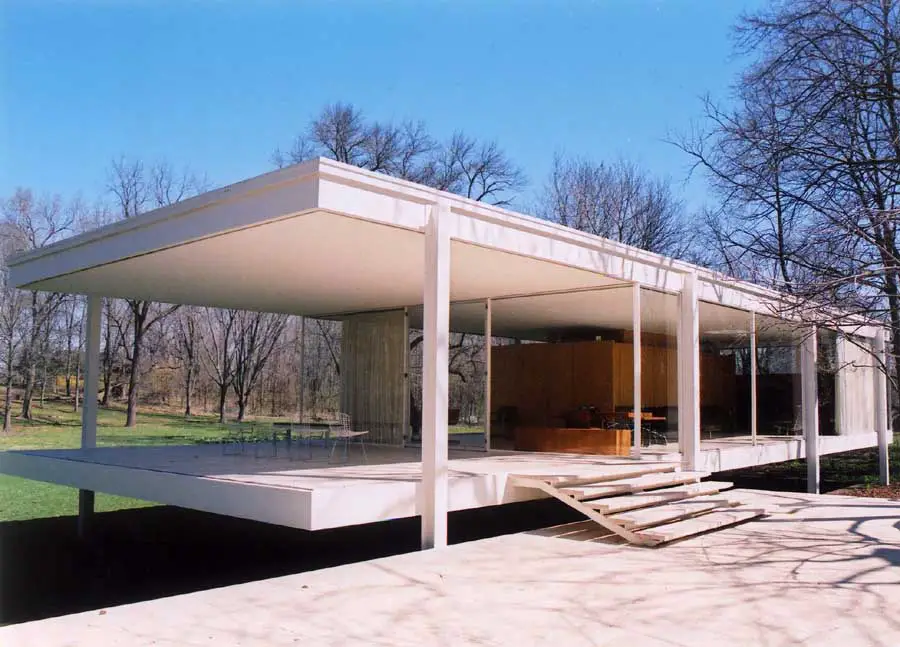Era ---->ART DECO .


Miles van der Rohe is well-remembered for the phrase that encapsulates his design premise - “Less is more”. and "God is in the details" .
in 1927 he designed one of his most famous buildings,
the german pavilion at the international exposition in barcelona in 1929. this small hall, known as the barcelonapavilion (for which he also designed the famous chrome and leather 'barcelona chair'), had a flat roof supported by columns. the pavilion’s internal walls, made of glass and marble, could be moved around as they did not support the structure. the concept of fluid space with a seamless flow between indoors and outdoors was further explored in other projects he designed for decades to come.mies began working with lilly reich, who remained his collaborator and companion for more than ten years.if this Video is not working click here
Products: Barcelona Collection, MR series, Brno chair, Krefeld Collection, Tugendhat chair, Four Seasons barstool, Barcelona stool with cowhide sling, Childs Barcelona chair and stool.
Mies served briefly as the last Director of the faltering Bauhaus, at the request of his colleague and competitor Walter Gropius. After 1933, Nazi political pressure soon forced Mies to close the government-financed school. He built very little in these years (one built commission was Philip Johnson's New York apartment); his style was rejected by the Nazis as not "German" in character. Frustrated and unhappy, he left his homeland reluctantly in 1937 as he saw his opportunity for any future building commissions vanish, accepting a residential commission in Wyoming and then an offer to head the department of architecture of the newly established Illinois Institute of Technology in Chicago. Here he introduced a new kind of education and attitude later known as Second School of Chicago, which became very influential in the following decades in North America and Europe.
by 1944, he had become an american citizen and was well established professionally.
in this period he designed one of his most famous buildings, a small weekend retreat outside chicago,
a transparent box framed by eight exterior steel columns. / the ‘farnsworth house’ is one of the most
radically minimalist houses ever designed. its interior, a single room, is subdivided by partitions
and completely enclosed in glass.in 1953, he developed the convention hall, innovative was the structural system that spanned large distances.during this period he also realized his dream of building a glass skyscraper./ the ' twin towers' in chicago were completed in 1951, followedby other high-rises in chicago, new york, detroit, toronto...culminating in 1954 with / the 'seagram' building in new york, hailed as a masterpiece of skyscraper design. ---for his career he achieved in 1959 the 'orden pour le merite' (germany) and in 1963 the 'presidential medal of freedom' (USA).---in 1962, his career came full-circle when he was invited to design the 'new national gallery' in berlin. his design for this building achieved his long-held vision of an exposed steel structure that directly connected interior space to the landscape. he returned to berlin several times while the gallery was under construction, but was unable to attend the opening in 1968.he died in chicago on august 17, 1969.

















